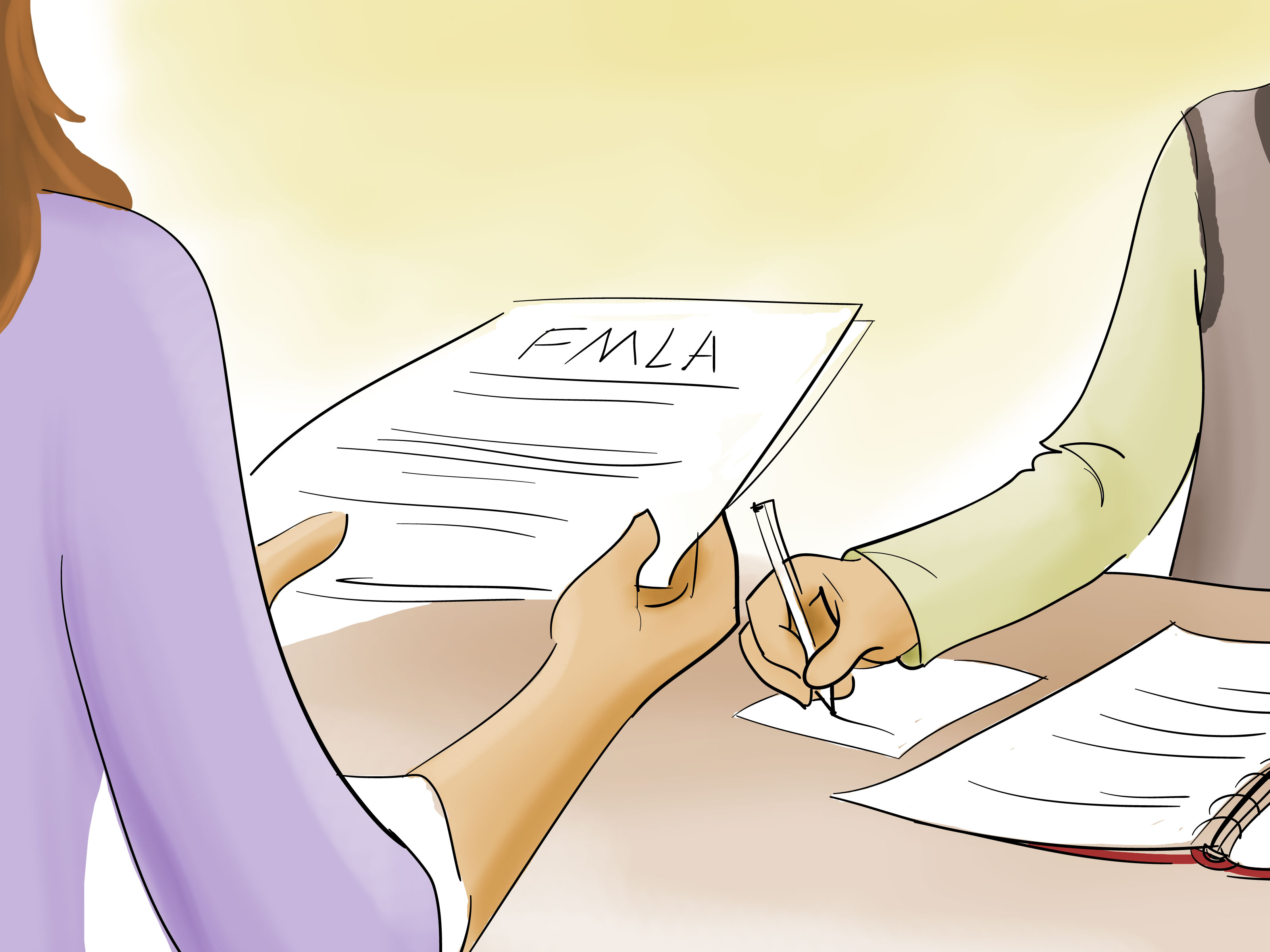3 Steps to Submit FMLA Paperwork Correctly

As an employee in the United States, knowing how to submit FMLA paperwork correctly can ensure you take advantage of your right to job-protected leave under the Family and Medical Leave Act (FMLA). Whether it's for your own health concerns or to care for a family member, getting the process right from the start can save time and reduce stress.
The Importance of Understanding FMLA

The FMLA provides eligible employees with up to 12 weeks of unpaid, job-protected leave per year, with the continuation of group health insurance coverage. Understanding the law, eligibility, and correct submission of paperwork is crucial to ensure your rights are protected.

Step 1: Gather Required Documents

The first step in the FMLA submission process is gathering all necessary documents:
- Employee Request Form - This form specifies your need for leave, the duration, and the expected start date.
- Certification Form - This must be completed by a healthcare provider to verify the medical condition or situation.
- Eligibility Notice - Provided by your employer, detailing whether you’re eligible for FMLA leave.
📋 Note: Keep copies of all forms and correspondence related to your FMLA leave for your records.
Step 2: Complete and Submit Your Paperwork

Accurate and complete paperwork is essential to expedite the approval process:
- Employee Request Form - Fill out all sections carefully, providing accurate dates and information regarding the type of leave.
- Certification - Ensure your healthcare provider fills out the certification completely. Incomplete forms can delay the process.
- Ensure you submit these documents within the timeframe your employer requires, usually within 15 days of your leave request.
Here’s a table that might help understand who can be a healthcare provider:
| Healthcare Provider | Can Certify? |
|---|---|
| MD or DO | Yes |
| Nurse Practitioner | Yes |
| Midwife | Yes |
| Clinical Social Worker | For mental health conditions |
| Chiropractor | Only for musculoskeletal disorders |
| Religious Christian Science Practitioner | Yes, but limited circumstances |

🔍 Note: If you’re unsure about who can certify your medical condition, consult with your Human Resources (HR) department for guidance.
Step 3: Follow Up and Understand Your Leave

After submitting your paperwork:
- Contact your HR department to confirm receipt of your documents.
- Ensure you understand the leave approval process and the expected timeline for approval.
- Get clarity on how your leave will affect your benefits, pay, and any other workplace policies.
- If your leave is approved, you’ll receive a Designation Notice from your employer.
Properly navigating the process to submit FMLA paperwork is about ensuring your rights are protected while managing work-life balance. Following these steps with attention to detail will help facilitate a smoother leave process.
In wrapping up, remember that submitting FMLA paperwork correctly is not just a formality, but a pivotal step in taking leave from work for serious health issues, caregiving, or new parenthood. Knowing your eligibility, gathering the right documents, filling out forms accurately, and maintaining open communication with your employer are key. These actions not only safeguard your job but also provide peace of mind during what can be stressful times.
Can I request FMLA for someone else?

+
Yes, FMLA allows you to take leave to care for certain family members with a serious health condition.
What happens if my employer denies my FMLA leave?

+
If your leave was improperly denied, you have the right to appeal the decision or file a complaint with the Department of Labor.
Can I return to my same position after FMLA leave?

+
Yes, under FMLA, your employer must restore you to the same or equivalent position upon your return.
Is FMLA leave paid or unpaid?

+
FMLA leave is typically unpaid, but you can use accrued paid leave if permitted by your employer’s policies.